This September, the EDGE of Existence team are looking forward to hosting 8 EDGE Fellows from our 2016-2018 cohort. They will attend a two week Conservation Leadership course at ZSL to provide them with the skills necessary to scale up their projects following the end of their fellowship. They will learn conflict resolution, communication, fundraising and project leadership skills, as well as have the opportunity to network and collaborate with ZSL’s conservation experts.
Meet the fellows!
Poh Leem Choo, Malaysia – Lithophyllon ranjithi & Heliofungia actiniformis coral
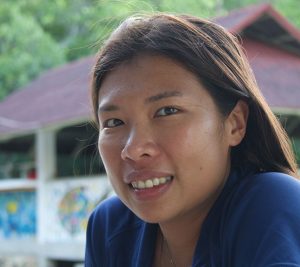
After completing a marine biology Masters degree, Poh Leem went on to work as a curator at the University of Malaysia’s Zoological Museum. Currently, she works on projects within the Semporna Priority Conservation Area for WWF-Malaysia. Poh Leem hopes to raise awareness amongst dive operators, government agencies and local communities of coral reef conservation. As a Fellow she is conducting Green Fin Certification training workshops for dive operators to promote a more sustainable way of diving, as well as mapping the abundance and distribution of these two poorly understood mushroom coral species.
Ahmed Basheer, Maldives – Pearl Bubble coral and Elephant Skin coral
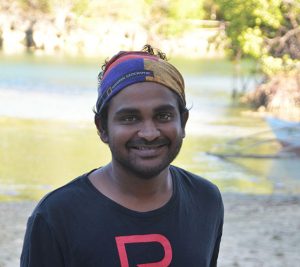
Basheer is dedicated to marine conservation in the Maldives and works for IUCN Maldives conducting marine science expeditions investigating coral diversity, abundance and bleaching on Maldivian reefs. As an EDGE Fellow Basheer is establishing how different management regimes affect the abundance and distribution of these coral species, as well as highlighting the importance of coral diversity to the Maldivian people.
Bernard Amakobe, Kenya – Secretarybird
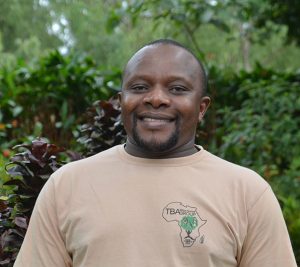
Bernard is an experienced researcher with a degree in Conservation Biology, currently undertaking a masters degree whilst working for conservation NGO, Wildlife Works Ltd. He has worked on various projects concerning bird conservation for almost 20 years and specialises in bird ringing techniques for conservation monitoring. The EDGE Fellowship has enabled Bernard to bring back enhanced skills to his role at Wildlife Works and gain a better understanding of the ecological and anthropological dynamics affecting the Secretarybird.
Alejandro Calzada, Mexico – Granular salamander
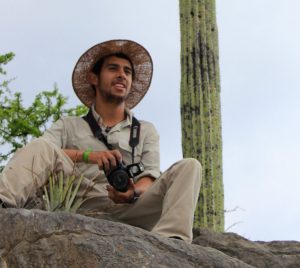
Alejandro is currently based at the National Autonomous University of Mexico (UNAM). He has worked on a variety of projects, including the captive breeding of the granular salamander, and the evolutionary relationships of Sceloporus lizards. Alejandro’s Fellowship has enabled him to undertake an urgently needed assessment of the granular salamander population in order to determine what habitat traits are associated with the species’ presence, which will inform conservation efforts.
Ezgi Saydam, Turkey – Mediterranean Monk seal
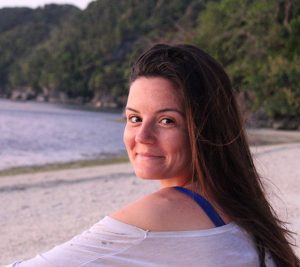
Ezgi is a marine biologist and conservationist who has worked with the Mediterranean Conservation Society (MCS) for the past two years, aiming to improve the effectiveness of the No Fishing Zones in the Gokova protected areas. As an EDGE Fellow, Ezgi has promoted awareness for the protection of this species, strengthening the no fishing zone and establishing a network of protected sites for the Mediterranean Monk seal. Ezgi is now undertaking a PhD on this species in parallel with her Fellowship project.
Withoon Sodsai, Thailand – Sunda pangolin
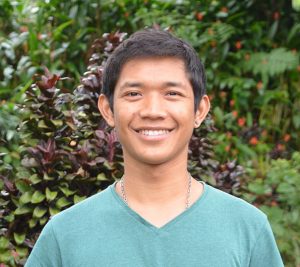
Withoon is a dedicated conservationist who currently works with ZSL Thailand as a part of their tiger conservation project. Before this, he worked as an officer in a Thailand National Park, and studied for a degree in Forestry at Kasetsart University. The EDGE Fellowship has provided Withoon with a wealth of conservation skills, connections and experience, which has helped him contribute to the conservation of Thailand’s endangered species. As a Fellow Withoon aims to improve the conservation status of the Sunda pangolin through the development of an effective survey and monitoring protocol, collection of baseline data and improvement of law enforcement efficiency in the protection of the species.
Daniel Okena, Papua New Guinea – Eastern long-beaked echidna
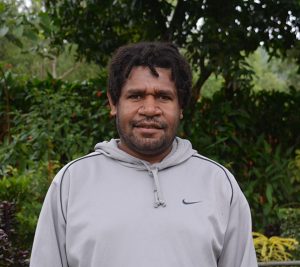
Daniel is an early-career conservationist working with the Tree Kangaroo Conservation Program in Papua New Guinea. The EDGE fellowship has equipped him with the resources he needs to continue his work on long-beaked echidna conservation. It will also allow Daniel to develop of a monitoring framework for the YUS Conservation Area (YUS CA) Ecological Monitoring Plan.
Jyotendra Thakuri, Nepal – Bengal florican
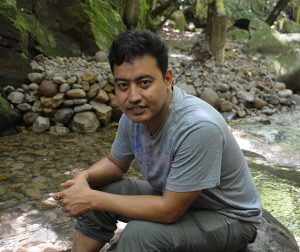
Jyotendra is an established conservationist in Nepal, with an active research profile and global recognition through his work with the Darwin Initiative, the Field Studies Council and Bird Life International, through partnership with Bird Conservation Nepal, for whom he works. Jyotendra’s Darwin Initiative-funded project discovered that the Bengal Florican winters in agricultural land outside the National Park. They achieved this by fitting individuals with satellite tags to track their movements. The reason for this movement, and threats to these birds outside the park, is unknown and forms the basis of his EDGE Fellowship project. Jyotendra has been using the skills and technical knowledge acquired from his EDGE Fellowship to implement and lead conservation projects in his region.